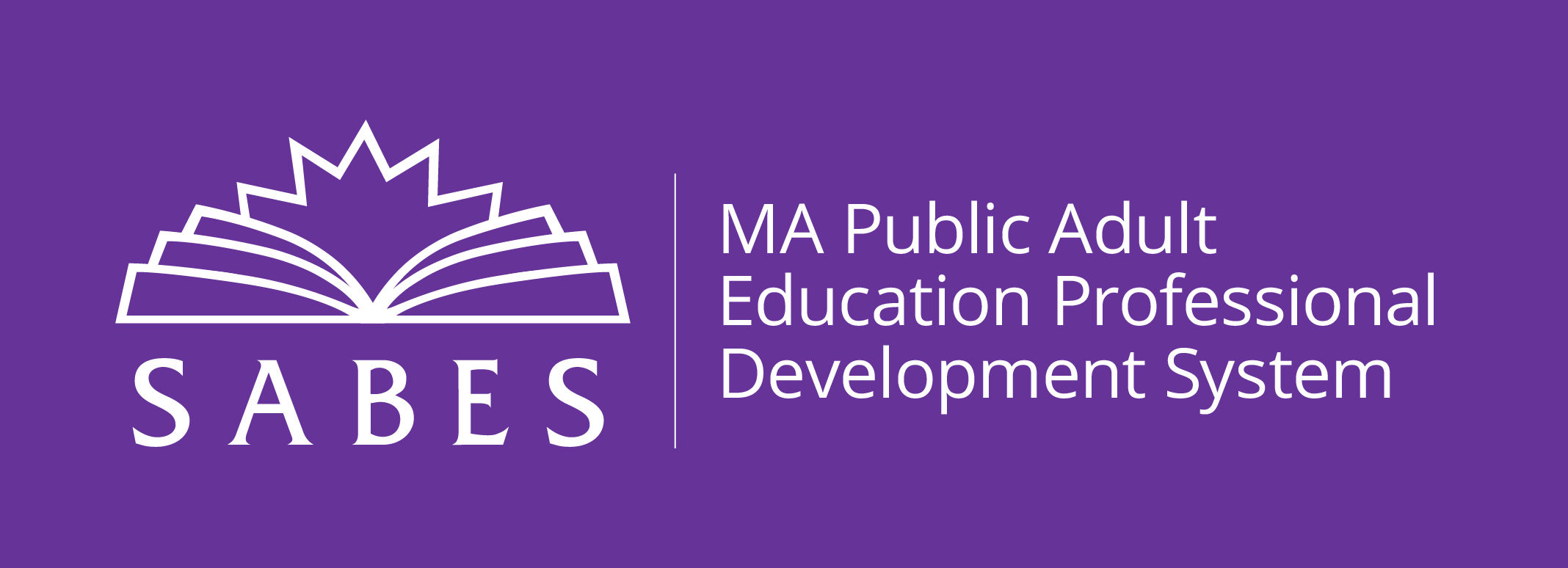
Teachers in adult ESOL programs know that students bring a wide range of experiences, ideas, and skills to class. When students have the chance to share what they know, learn from one another, and even teach each other, everyone benefits. Read on for strategies and activities to help your students strengthen their English by teaching and sharing with each other.
Strategies
Project-Based Learning
Group projects let every student use their own skills while working together to solve problems. They also give students a chance to use English in real and meaningful ways.
Teacher Tip: Start small before trying a big project. Small projects help students feel successful and build their confidence. Here are some examples:
- Small Project
- Make a poster or visual display on a topic
- Larger Projects
- Create a school pamphlet for new students
- Put together a class cookbook
- Write a guide about community resources
Student Experts and Leaders
Every student has special knowledge and skills from their jobs, hobbies, education, or life in their home countries. Letting students share what they know:
- Shows that their backgrounds are valued
- Builds confidence
- Gives classmates a chance to learn from each other in English
Teacher Tip: Support your students’ expertise by:
- Having them teach a short lesson on something they know well. Provide key words, sentence frames, or templates to help them.
- Giving leadership roles to students with special knowledge.
- Pairing them with classmates who need help. For example, connect a student who is good with computers with one who is still learning, or match newcomers with students who know the community well.
From Leah Gregory, Level 2 ESOL teacher at East Boston Harborside Community School
"Every year after or during the Career and Employment Unit, my students prepare a project called 'I'm an expert in...,' where they create a slide deck presentation about whatever they are good at. It can be roofing or making tamales. The point is they feel empowered that the role has now switched and they can show their strengths and display their knowledge on a topic while using their English skills."
Collaborative Classroom Activities
Many activities encourage students to teach and learn from one another. This can help build their confidence in speaking and writing in English. Try some of these ideas:
Jigsaw Reading
In this activity, groups each read a different part of a text and become the “expert” on that section. Then, new groups form so each student can teach others about their section.
This activity helps students:
- Work together and depend on each other
- Understand texts better by reading and discussing them several times
- Improve speaking, listening, reading, and summarizing skills
Activity Steps:
- Divide students into small groups.
- Give each group a section of the text.
- Have them read and discuss their section until they understand it.
- Then form new groups with one student from each original group.
- Each student teaches their section to the others.
Teacher Tip: Ask the groups to write down key points about the section that they can share with the others. This will help students unsure of their English capabilities to feel more comfortable when teaching the section to others.
From Rachel Soule, ESOL teacher at The Immigrant Learning Center:
"For jigsaw readings, I like to provide a graphic organizer for students to organize their notes on their section and make sure they are prepared to teach the content to others."
Group Roles
When doing group projects, assign each student a specific role—like “leader,” “note-taker,” or “reporter.” This keeps everyone involved and active.
Teacher Tip: Match roles with students’ strengths, but also give them new “stretch” roles at times so they can try something different and build new skills.
From Nichole Fino, ESOL teacher at the Framingham Adult ESL Plus program:
"In my classroom I use a lot of interactive WordWall activities. Often students come to the board to select the correct answer. If there are more students than questions, I assign the students who are not at the board to be 'the teachers' and I encourage students at the board to ask for help if they need it. They can only ask the assigned teachers. In this way, the students who are watching the activity are actively following along in case they are asked for help, and the students who are participating at the board have a peer to rely on."
Peer Assessment
Ask students to review each other’s writing or presentations. This will help them learn from mistakes, recognize good work, and give helpful feedback.
Teacher Tip: Model how to give positive and useful feedback. Use simple tools like rubrics or sentence starters such as:
- “I like how you….”
- “Can you tell me more about…?”
Information Gap Activities
In these activities, each student has different information, and they must talk to each other to complete a task. This creates natural conversation and teamwork.
Teacher Tip:
- For beginners: Give each student a different picture and have them ask questions to find the differences.
- For advanced students: Give pairs two different articles about the same event and have them discuss and compare the information.
From Rachel Soule, ESOL Teacher, The Immigrant Learning Center:
"When facilitating an information gap activity, I model for students keeping their paper hidden and tilted away from their partner behind a clipboard or book, so that they have to use their communication skills and explain to each other, rather than being tempted to peek at their partner’s paper."
Summary
When adult English learners teach and learn from each other, they improve their language skills, build confidence, and form a strong classroom community. These teamwork and communication skills also help them succeed outside of class.


